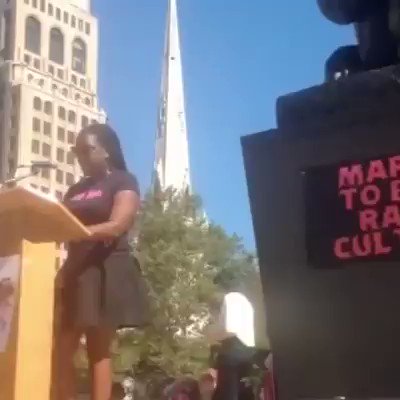“It wasn’t built to be a viral campaign or a hashtag that is here today and forgotten tomorrow,” Burke told Ebony in a statement on Monday. “It was a catchphrase to be used from survivor to survivor to let folks know that they were not alone and that a movement for radical healing was happening and possible.”
“What’s happening now is powerful and I salute it and the women who have disclosed but the power of using ‘me too’ has always been in the fact that it can be a conversation starter or the whole conversation – but it was us talking to us,” she continued.
What is sexual harassment?
Sexual harassment includes unwelcome sexual advances, requests for sexual favors, and other verbal or physical harassment of a sexual nature in the workplace or learning environment, according to the Equal Employment Opportunity Commission (EEOC). Sexual harassment does not always have to be specifically about sexual behavior or directed at a specific person. For example, negative comments about women as a group may be a form of sexual harassment. Sexual harassment interferes with your performance by threatening your job security or becoming an obstacle to effective work.
Although sexual harassment laws do not usually cover teasing or offhand comments, these behaviors can also be upsetting and have a negative emotional impact.
What does sexual harassment look like?
Sexual harassment can occur in a variety of circumstances. The harasser can identify with any gender and have any relationship to the victim, including a being a direct manager, indirect supervisor, co-worker, teacher, peer, or colleague.
Some forms of sexual harassment include:
Making conditions of employment dependent on sexual favors
Physical acts of sexual assault
Requests for sexual favors
Verbal harassment of a sexual nature
Unwanted touching or physical contact
Unwelcome sexual advances
Where can sexual harassment occur?
Sexual harassment can occur in the workplace or learning environment, like a school or university. It can happen in many different scenarios, including after-hours conversations, exchanges in the hallways, and non-office settings of employees or peers.
Where can I learn more about sexual harassment?
Visit the EEOC to learn more about sexual harassment laws. If you are a minor, you can learn more at Youth at Work, EEOC’s website for youth in the workforce.
Street Harassment
You might also encounter sexually harassing behaviors outside work or school. People experience catcalling, being followed, sexual advances, groping or fondling, others exposing themselves, and many other unwelcome or threatening behaviors on the street or in public settings. The laws about these behaviors vary from state to state. You can find out more about this issues from your local sexual assault service provider or local law enforcement.
To speak with someone who is trained to help, call the National Sexual Assault Hotline at 800.656.HOPE (4673) or chat online at online.rainn.org.


No comments:
Post a Comment